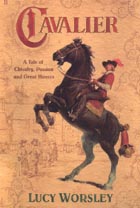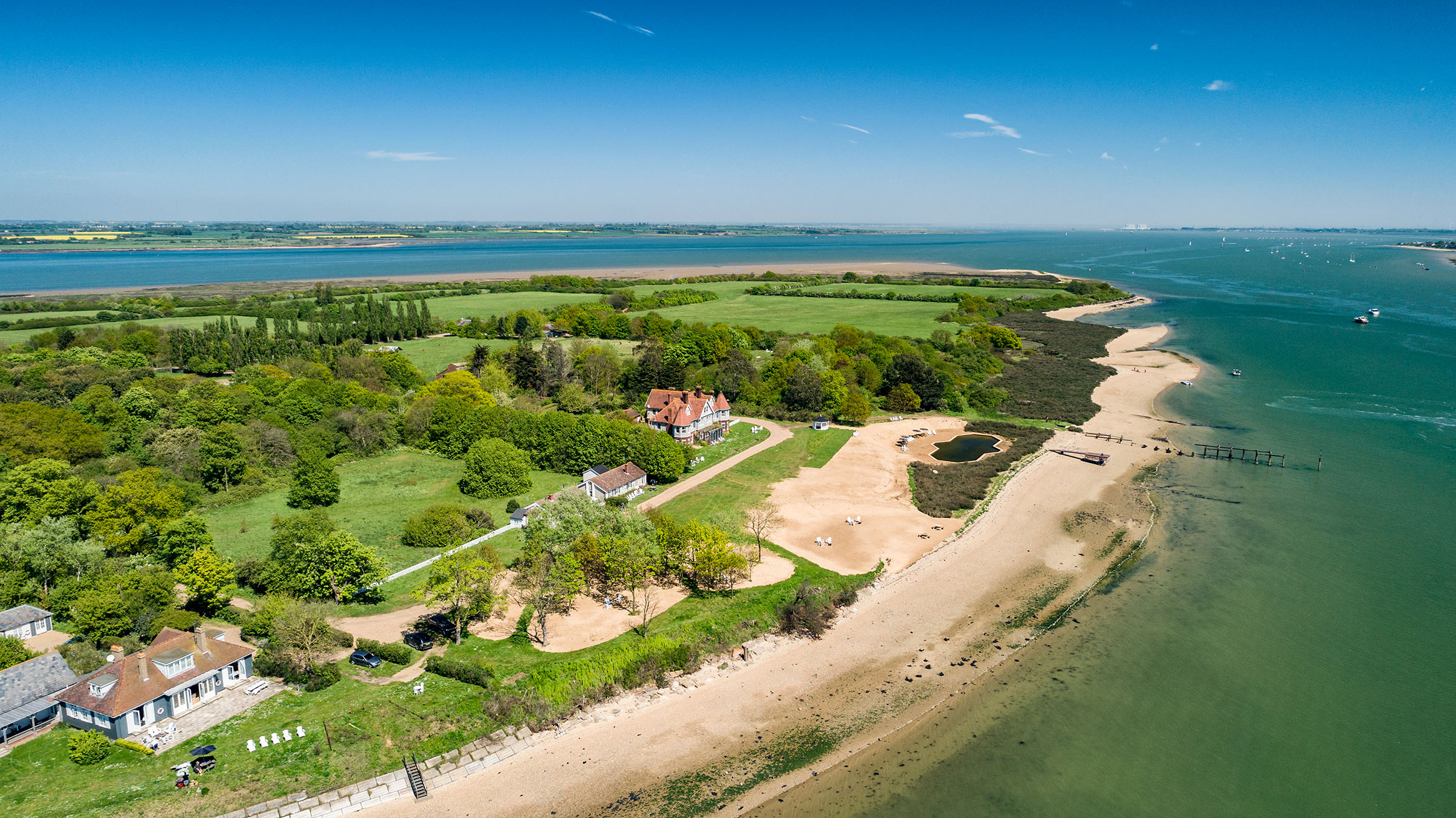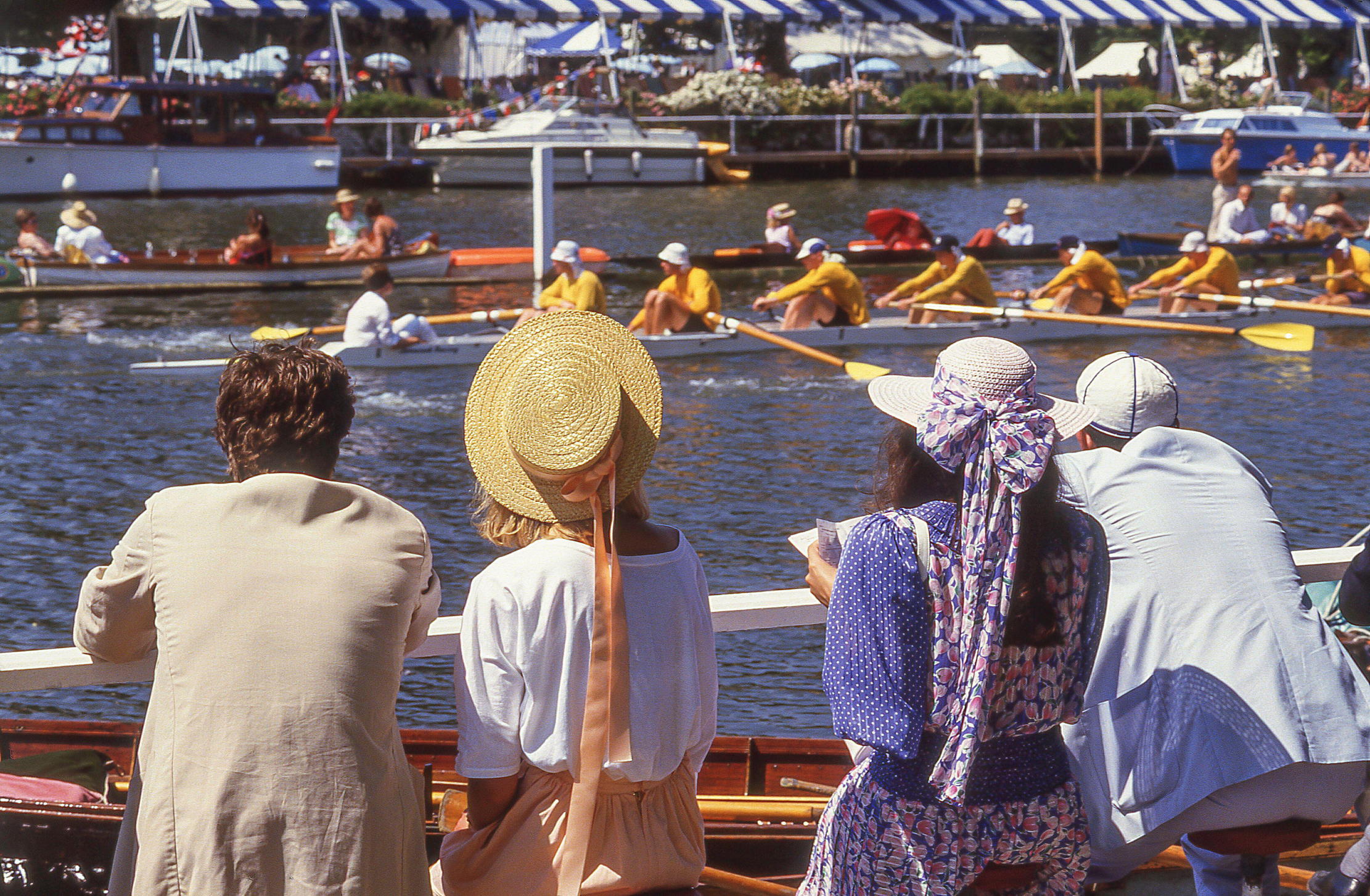Review: Cavalier
Jeremy Musson enjoys a lively and imaginative account of the life and times of the elegant courier and horseman William Cavendish and his household


Cavalier: A Tale of Chivalry, Passion and Great Houses
Lucy Worsley
(Faber and Faber, £20)
It is hard to genuinely evoke the complexities of past times. We are easily beguiled by the elegance of great figures of the past, and yet perhaps do not always allow ourselves a full appreciation of the contrasts of life that made their elegancies all the more extraordinary in their original state. But it is precisely this challenge that Lucy Worsley has taken up in Cavalier, her new account of the life of that decidedly elegant and complex man, William Cavendish, who enjoyed a stately existence at the great houses of Bolsover Castle, Welbeck Abbey and Nottingham Castle.
A courtier and poet, he was also a great horseman (a specialist in manège). Tutor to Charles II when the king was a boy, he led part of the Royalist army when it was defeated at Marston Moor in 1644, and went into exile in Antwerp, but returned in 1660 to become 1st Duke of Newcastle in 1665 (on his return, he remarked: 'Surely I have been 16 years asleep, and am not thoroughly awake yet'). The chief curator for the Historic Royal Palaces, Dr Worsley marries her scrupulous research into the life of William and his household (his wife, Margaret, his children and servants) with a breathtaking range of incidental period detail and comparative examples which help keep the story vivid.
She uses this information to create pictures that bring key moments alive to the reader, describing the activities of servants at a particular time ('The Great Hall, the heart of the house, is rarely empty? Those who have already finished their duties may be sitting at benches playing at dice'), or clothes that might have been worn (for example, as William prepares for battle, he wears 'his finely wrought suit of armour over a white linen shirt; only its outsize collar protrudes from a jointed iron carapace reaching his knees' as his soldiers 'wear the rounded helmets known as "pots" [which] can be turned upside down and used to boil water over an evening fire').
Thus this original book part history, part biography has an exciting sense of narrative, and is full of strongly drawn vignettes of life in the 17th century, from deathbed scenes to meetings with monarchs, from the intimacy of family life to the elaborate arrangements of a masque.
Sign up for the Country Life Newsletter
Exquisite houses, the beauty of Nature, and how to get the most from your life, straight to your inbox.
For the story of how manners changed during the life of William Cavendish, see 'When English-men became civilised' by Lucy Worsley on page 128)
Country Life is unlike any other magazine: the only glossy weekly on the newsstand and the only magazine that has been guest-edited by HRH The King not once, but twice. It is a celebration of modern rural life and all its diverse joys and pleasures — that was first published in Queen Victoria's Diamond Jubilee year. Our eclectic mixture of witty and informative content — from the most up-to-date property news and commentary and a coveted glimpse inside some of the UK's best houses and gardens, to gardening, the arts and interior design, written by experts in their field — still cannot be found in print or online, anywhere else.
-
 380 acres and 90 bedrooms on the £25m private island being sold by one of Britain's top music producers
380 acres and 90 bedrooms on the £25m private island being sold by one of Britain's top music producersStormzy, Rihanna and the Rolling Stones are just a part of the story at Osea Island, a dot on the map in the seas off Essex.
By Lotte Brundle
-
 'A delicious chance to step back in time and bask in the best of Britain': An insider's guide to The Season
'A delicious chance to step back in time and bask in the best of Britain': An insider's guide to The SeasonHere's how to navigate this summer's top events in style, from those who know best.
By Madeleine Silver